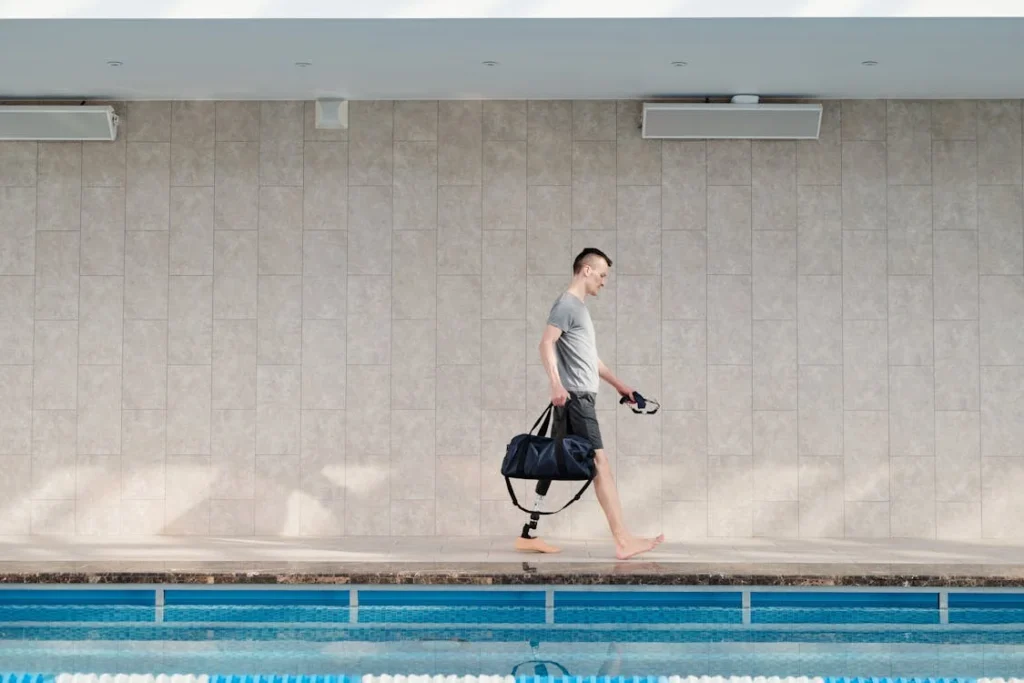Losing a limb is not just a physical challenge—it brings emotional, social, and financial concerns as well. One of the most important choices a person will face after an amputation is when to get their first prosthesis. While the emotional and physical benefits of early fitting are well known, what often goes unnoticed is how early prosthetic fitting can help reduce long-term healthcare costs.
In this article, we’ll explore how early intervention not only improves the recovery experience but also makes a strong financial case for patients, caregivers, insurance providers, and healthcare systems. At Robobionics, we have seen firsthand how timely prosthesis fitting transforms lives—and budgets.
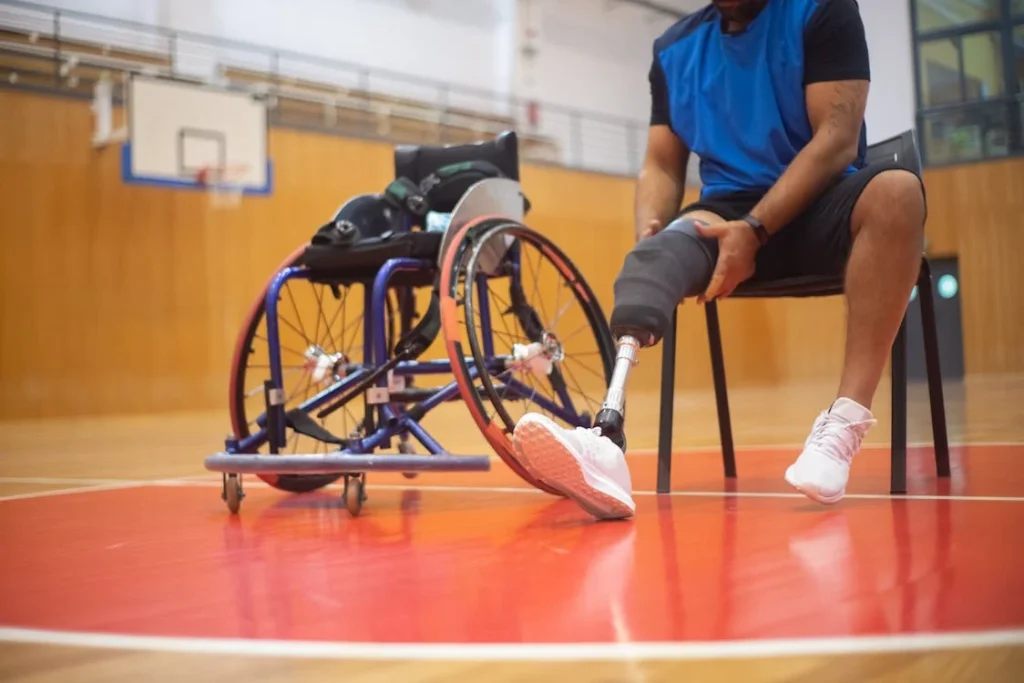
How Early Fitting Reduces Hospital Stay and Medical Bills
Avoiding Prolonged Bed Rest and Its Hidden Costs
When a person stays in a hospital or care facility for too long after surgery, the bills start adding up quickly. Without a prosthesis, mobility becomes limited. And when movement is limited, other health issues begin to develop.
Extended bed rest can lead to pressure sores, infections, blood clots, and respiratory problems. Each of these conditions means additional medication, more doctor visits, longer rehab, and sometimes readmission to the hospital.
By fitting a prosthesis early—usually once the wound is healed and swelling has reduced—patients are able to stand, balance, and walk sooner.
This allows hospitals and rehabilitation centers to discharge patients earlier because they’re mobile, independent, and no longer dependent on a wheelchair or full-time nursing care.
Every extra day in the hospital means more charges for the room, care, and support services. But once a person is fitted with a prosthesis and can begin moving around safely, they take fewer medications, need fewer assistive devices, and don’t need as much one-on-one care. That’s a direct cost saving right there.
Faster Recovery Means Lower Therapy Costs
Without early fitting, rehabilitation is slower. Muscles weaken, joints stiffen, and the overall body takes longer to adjust. All this results in the need for longer physiotherapy, occupational therapy, and other support services.
But with a prosthesis fitted earlier in the process, the patient begins walking exercises sooner. This speeds up recovery and makes the therapy shorter and more efficient.
Instead of needing months of therapy just to regain basic balance and strength, early prosthesis users often move to advanced gait training or lifestyle-specific rehab (like returning to work or sports) much faster.
Shorter therapy cycles lead to fewer therapist hours, reduced transportation costs, and more predictable health outcomes.
Preventing Secondary Conditions That Drain Finances
Early Mobility Prevents Joint and Muscle Damage
When one part of the body stops working, other parts step in to do more. For someone who’s had an amputation, this often means putting more pressure on the healthy leg, hips, spine, or even the shoulders if they’re using a wheelchair.
Over time, this extra load causes new problems.
Many patients who delay prosthetic use end up with back pain, arthritis in the remaining joints, and even disc problems in the spine. These are expensive to treat and often become long-term conditions. The cost of MRIs, pain medications, surgeries, or orthopedic visits adds up quickly.
By fitting a prosthesis early, the body is brought back into alignment sooner. Weight is distributed evenly. Muscles stay active. Posture improves. The body stays balanced, which prevents new injuries and cuts down the need for future medical care.
Mental Health Benefits That Reduce Indirect Costs
Depression and anxiety are very common after limb loss. The loss of mobility, loss of identity, and dependence on others can take a mental toll. Patients who are not mobile often feel isolated, which makes emotional recovery even harder.
This emotional strain leads to other financial burdens—counseling costs, psychiatric care, medications, or even lost income if the person is unable to work because of their mental health.
Early prosthesis fitting gives patients hope. It offers a sense of normalcy and restores independence. The sooner someone walks again, the sooner they can rejoin their routine, connect with their community, and feel in control of their lives.
This mental boost reduces the risk of long-term emotional issues that could become financial liabilities.
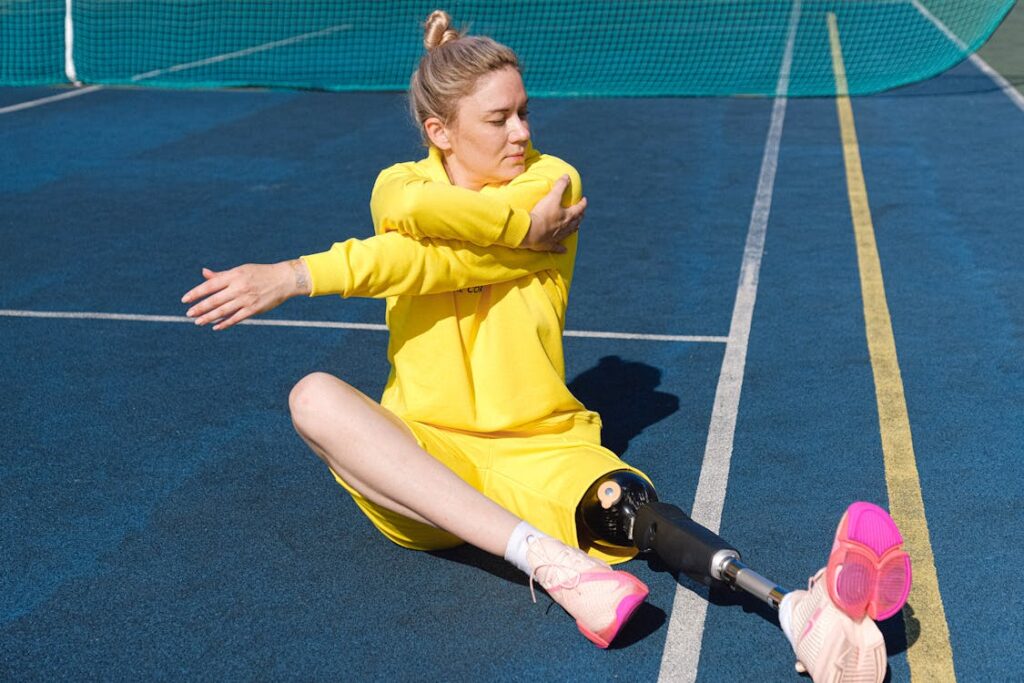
Reducing the Long-Term Dependence on Support Services
Fewer Assistive Devices and Caregivers Required
Someone without a prosthesis usually relies on mobility aids like crutches, wheelchairs, or walkers. These devices might seem affordable at first, but over time, the maintenance, replacement, and upgrades can be costly.
Moreover, individuals with limited mobility often need paid caregivers to assist with basic tasks like bathing, dressing, or preparing meals.
With early prosthesis fitting, many of these needs decrease significantly. The patient regains the ability to stand, transfer, and move independently, which removes the need for round-the-clock care.
Fewer assistive tools are required, and personal care support can be scaled down or completely removed.
Reducing the need for home health services not only saves money but also gives the patient a stronger sense of autonomy. It also allows family members to return to work or other responsibilities without worrying about full-time care.
Fewer Home Modifications and Accessibility Additions
If a person is unable to walk or manage stairs, homes must be adapted—bathrooms renovated, ramps installed, elevators considered. These modifications are expensive. With early prosthesis use, patients are often able to navigate their homes without the need for major changes.
Being mobile on two legs—even with a prosthesis—opens doors, quite literally. Patients regain access to their kitchen, washrooms, or balconies without aid.
They can cook, climb stairs, and take care of daily tasks. These practical benefits mean thousands of rupees saved in infrastructure changes.
Boosting Return-to-Work Opportunities and Earning Potential
Restoring Economic Independence
One of the biggest long-term financial benefits of early prosthesis fitting is how quickly it allows people to return to work.
Many amputees want to get back to their job, business, or trade—but they can’t do that if they’re still learning how to move, balance, or adapt months after their surgery.
Early fitting creates a shorter gap between amputation and work readiness. With mobility restored, confidence rebuilt, and routines established early, amputees can return to work sooner—either in the same role or in a modified role.
This return to work brings back income, healthcare benefits, and social security contributions.
Instead of relying on financial aid, insurance payouts, or family support, the individual becomes economically independent again. This isn’t just a win for the person, it’s a win for the entire family, employer, and economy.
Reducing Employer and Insurer Costs
From an employer’s point of view, the faster an employee returns to work, the better. Early prosthetic intervention helps reduce absence, retain skilled workers, and avoid the costs of hiring and training replacements.
For insurance companies, the story is similar. Timely fitting reduces the number and cost of claims for extended rehab, therapy, and complications.
Insurance policies may seem like they’re just about paperwork, but they’re deeply tied to actual health outcomes. The more predictable and stable a patient’s recovery is, the fewer claims get filed.
Early prosthesis fitting lowers the risk of unpredictable health costs, which also helps in designing better insurance plans in the future.
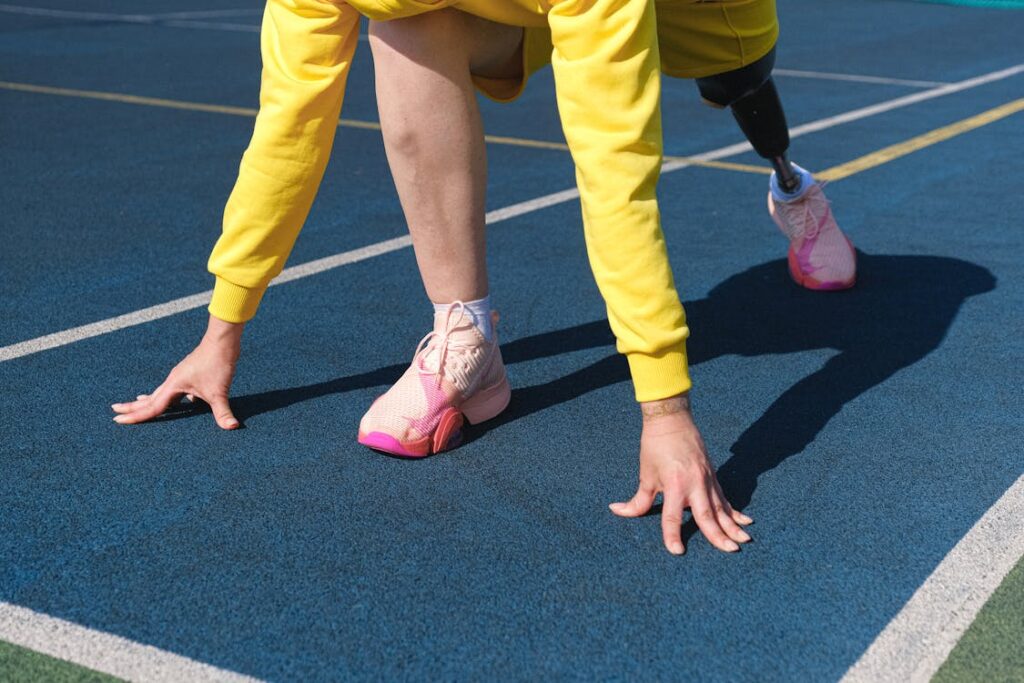
Urban vs. Rural: Understanding the Financial Gap in Timing
The Extra Cost Burden in Remote Areas
In India, where access to specialist rehabilitation services is uneven, the timing of prosthesis fitting carries different cost implications depending on where a person lives.
In cities, prosthetic centers, rehab therapists, and limb-fitting experts are often just a short drive away. But in rural areas, people may need to travel hours—sometimes days—to reach these services.
This means extra money spent on transportation, lodging, and food, especially when multiple visits are required.
If prosthesis fitting is delayed, these repeated trips stretch out for months, and the cost adds up. Each visit can mean missing work, hiring someone to help, or paying for overnight stays.
In contrast, early prosthesis fitting, ideally while still recovering in a hospital or during the early rehab phase, allows fewer but more productive visits. It limits travel expenses and reduces the overall disruption to daily life.
Traveling back and forth multiple times just to “wait until the limb is ready” is both time-consuming and costly. When fitting is done early and efficiently, the entire process becomes more compact and financially manageable—especially for rural patients who already face logistical barriers.
Improving Access to Work and Income Opportunities
Early prosthesis fitting also impacts job access, especially in rural areas where work often involves farming, construction, or small-scale labor. These jobs depend heavily on physical mobility.
If someone delays their fitting and remains dependent on others for mobility, they miss entire planting or harvesting seasons, leading to significant income loss.
By being mobile sooner, they can get back to work, even if it’s with some limitations. Early prosthesis use gives them the option to remain active in their communities and contribute economically.
For families who rely on every member’s income, this makes a real difference. The ripple effect of one person’s delayed mobility often affects an entire household’s earning ability.
Government and Healthcare System Savings Through Early Fitting
Reducing the Burden on Public Hospitals
In India, many amputees receive treatment through government hospitals or public healthcare schemes. These systems often have limited resources, overworked staff, and tight budgets. Keeping a patient in care for longer than necessary drains those resources.
When early prosthesis fitting is implemented as part of a structured care plan, patients become mobile sooner, recover quicker, and need fewer follow-up visits.
This reduces bed occupancy, medication use, and overall case load in hospitals. It also makes space for new patients and improves patient flow through public hospitals.
In fact, countries that have adopted early prosthetic intervention as a part of public policy have seen clear cost reductions in chronic care management. If India’s healthcare policy embraces early fitting at scale, the national savings—both financial and human—could be immense.
Reducing Long-Term Subsidy Needs
Many amputees are eligible for government support through disability pensions, prosthetic aid schemes, and caregiver allowances. These supports are important, but long-term reliance on them creates significant financial pressure on state and central funds.
By enabling people to return to work or lead more independent lives earlier, early fitting naturally reduces the demand on government subsidies. When a person no longer needs home care support or transport assistance, the government no longer needs to pay for it.
In the long run, investing in early prosthesis fitting is a cost-effective policy decision. It helps people become less dependent on welfare and contributes back to the economy through taxes, productivity, and community support.

Long-Term Care Savings for the Elderly and Aging Population
Why Timing Is Crucial for Senior Citizens
Elderly patients have a different set of challenges after limb loss. They often already have age-related issues like arthritis, diabetes, or poor circulation.
If a prosthesis is delayed, they risk permanent loss of mobility, since older bodies find it harder to rebuild strength and adjust to new walking patterns.
Prolonged bed rest in older adults can quickly lead to falls, pneumonia, and muscle atrophy. The treatment for these complications is expensive and requires longer hospital stays or even nursing home care.
These costs are rarely anticipated by families, and often become unmanageable.
Fitting a prosthesis early while the elderly patient is still mentally alert and physically capable reduces the likelihood of needing full-time care later. It allows them to remain mobile, independent, and stay at home rather than being placed in institutional care.
The savings from avoiding retirement homes or full-time care workers can run into lakhs of rupees annually.
Improved Quality of Life with Less Medical Intervention
When elderly patients are able to move, they are less likely to suffer from digestive issues, urinary tract infections, and pressure ulcers—all common in people who are bedridden.
These conditions require frequent hospital visits, repeated medication, and home health services, which drive up long-term care costs.
A prosthesis that’s fitted early—and adapted to the senior patient’s needs—helps them retain dignity and reduce their dependence on medical equipment or hospital staff.
The result is not just financial savings, but also emotional well-being for both the patient and their family members.
Comparing Lifetime Costs: Early vs. Delayed Fitting
Understanding the True Cost Difference
Imagine two individuals who undergo an amputation on the same day. One begins prosthesis fitting early, completes rehab quickly, and returns to work within six months.
The other waits over a year for fitting, struggles with balance and muscle loss, and eventually requires extended therapy and home assistance.
Over the course of five years, the early-fitting patient spends money on initial prosthetic equipment, follow-up adjustments, and a few therapy sessions.
Meanwhile, the late-fitting patient racks up higher costs in therapy, home care, assistive devices, and frequent doctor visits. Add to that the income lost from being unemployed, and the difference becomes enormous.
Multiple international studies—and our own observations at Robobionics—confirm this. Early fitting doesn’t just break even; it saves significantly more over the course of several years.
Prosthesis Replacement Costs Don’t Offset the Savings
Some may argue that early fitting means the person might need to replace their prosthesis sooner. While it’s true that a prosthesis may need adjustments or replacement due to limb changes, the financial savings from being mobile early outweigh the cost of these updates.
In fact, most modern prosthetic systems are designed with modularity in mind. This means parts can be adjusted or replaced individually without needing a full new limb every time.
A well-managed prosthetic plan, even with some maintenance costs, is still far less expensive than the cumulative expenses of delayed mobility and medical care.
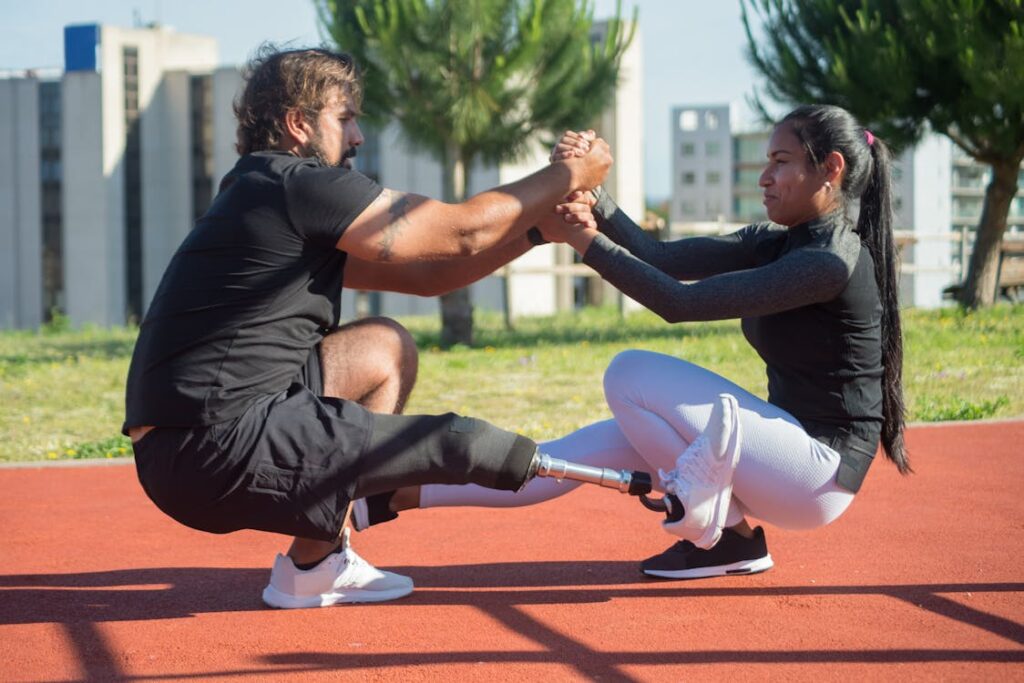
Insurance: How Early Prosthesis Fitting Creates Win-Win Outcomes
Lower Claim Volumes, Higher Predictability for Insurers
Health insurance providers look closely at risk and recovery timelines when they calculate coverage.
A delayed prosthesis fitting often means multiple claims filed over time—initial surgery, prolonged physiotherapy, follow-up hospital visits, psychological consultations, skin infections, contractures, and other complications that develop due to immobility.
On the other hand, when a patient is fitted early with a prosthesis, the cost is more concentrated and controlled. There’s the cost of the device, follow-ups, and rehabilitation—but beyond that, expenses remain stable.
The timeline is shorter. The risk of future complications decreases. This makes it easier for insurance providers to budget payouts and plan premium structures more effectively.
As prosthetics manufacturers and rehab centers build stronger partnerships with insurers, early prosthesis fitting becomes part of a preventive care approach—saving money for both sides while offering better outcomes for the patient.
More Coverage Options Become Available
When early prosthesis fitting becomes the norm, rather than the exception, it influences policy offerings. Insurance companies are more likely to introduce affordable prosthesis-inclusive plans, knowing the long-term risks are lower.
This opens up coverage access to more middle- and lower-income families, who may currently skip prosthetic care due to cost fears.
A patient who fits their device early, recovers fast, and avoids complications becomes the ideal case study—used to build smarter policies, better claim algorithms, and more responsible health product lines. It’s a cycle that benefits everyone involved.
The Economic Ripple Effect on Families and Dependents
When One Income Stops, Others Feel the Strain
In most Indian households, one working adult often supports multiple dependents—children, parents, siblings. When amputation happens and mobility is delayed due to postponed prosthesis fitting, the economic vacuum can grow quickly.
Household expenses stay the same—or go up—but income either drops or vanishes altogether.
If early prosthetic care is provided, this disruption is short-lived. The person can return to some form of work—even part-time or remote—and resume financial contributions.
But if prosthesis fitting is pushed down the line, the family may need to dip into savings, borrow money, or rely on others for months or even years.
This not only affects short-term stability but reduces long-term wealth-building capacity. Children’s education may be deferred. Investments might stop.
Loans may go unpaid. The family as a whole faces downward mobility. Early fitting helps restore equilibrium and prevents this spiral.
Reducing Emotional and Physical Burden on Family Caregivers
Beyond finances, caregivers—often a spouse, parent, or adult child—face mental, physical, and emotional stress when caring for a loved one who is not mobile.
When prosthesis fitting is delayed, these caregivers must adjust their work hours, leave their jobs, or spend money hiring outside help.
They may also suffer burnout, leading to health issues of their own. These, too, come with a financial tag—doctor visits, medication, therapy, and time away from work.
With early fitting, the amputee gains independence sooner. They can bathe themselves, dress themselves, and start cooking or moving around without assistance.
This gives family members their time, energy, and peace of mind back—none of which are easy to measure in rupees, but all of which translate to savings and improved well-being.
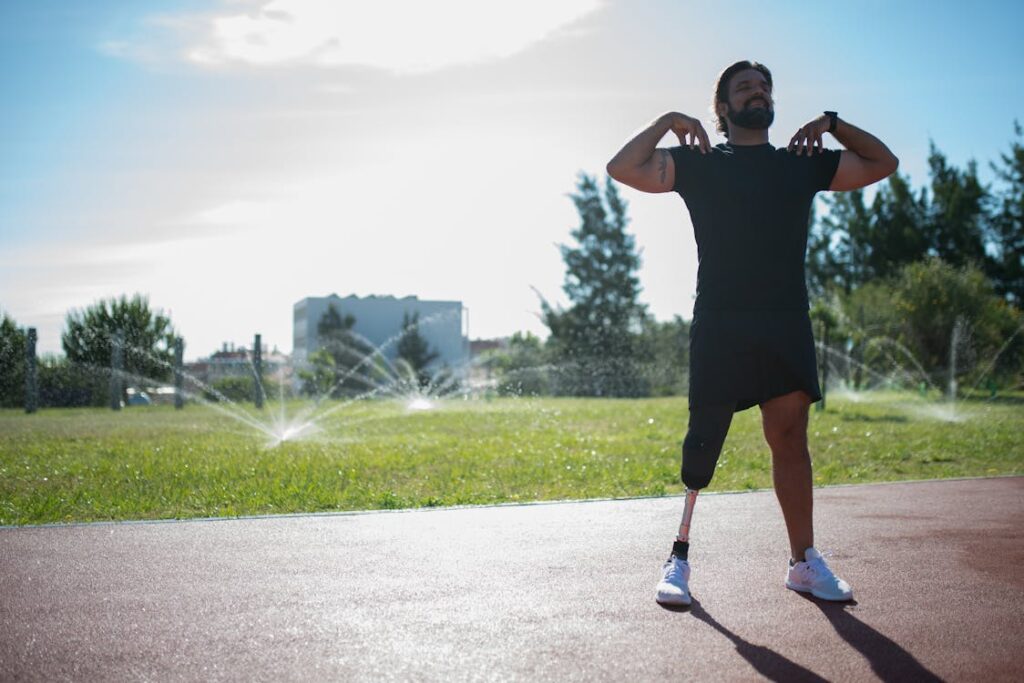
The High Price of Delayed Adaptation
Prosthesis Rejection and Adjustment Fatigue
When someone waits too long to start using a prosthesis, the body and mind begin to settle into non-use. Muscles shrink, joints tighten, the brain rewires its sense of balance—and most importantly, the user’s motivation and confidence drops.
So when the prosthesis is finally introduced, it feels alien, heavy, and hard to use. Adaptation becomes a steeper climb. In many cases, people abandon the device altogether—saying it’s uncomfortable, confusing, or unnecessary.
This is common among elderly patients and individuals in remote communities.
This rejection of the prosthesis results in money wasted on devices that sit in storage or get returned. It also means the person continues to live with complications that could have been resolved months ago.
The cost of starting late is not just physical—it’s psychological and financial. Getting fitted early, when the mind and body are still flexible and responsive, reduces the chance of rejection and ensures full value from the investment.
Missed Windows of Neuromuscular Adaptation
The human brain and body adapt rapidly after amputation. There’s a golden window in the first few months post-surgery where motor learning is high, brain plasticity is active, and new movement patterns are easiest to establish.
Early prosthetic use during this phase aligns perfectly with the body’s readiness to learn.
Missing this window means everything—from balance to walking to climbing stairs—becomes a longer and more expensive process. More therapy is required.
More time is needed. More equipment may be necessary. Late adaptation is harder and costlier in every way. Early fitting leverages the brain’s own recovery timeline, shortening rehab and improving success rates.
Rejoining Society: The Financial Cost of Social Exclusion
Delayed Prosthesis Use Limits Mobility and Participation
Mobility is more than walking—it’s about being present in society. Attending weddings, religious events, community meetings, even just going to the local shop.
When someone delays prosthesis use, their social world shrinks. They begin to miss these opportunities. They stop attending job interviews, events, and family functions. Over time, they withdraw.
This social isolation has direct and indirect financial consequences. A person may miss networking opportunities, business meetings, or the chance to be part of a shared economy—such as co-ops, savings groups, or gig work platforms.
Early prosthesis fitting helps individuals stay active in their social circles. This increases access to jobs, opportunities, partnerships, and mental health support. Social inclusion is a powerful force in economic empowerment.
Fitting someone early is not just about walking again—it’s about belonging again, which leads to financial participation.
Psychosocial Recovery Influences Earning Capacity
Someone who is emotionally healthy is more likely to take initiative, apply for jobs, learn new skills, and ask for help when needed.
Delayed prosthesis use often creates a state of learned helplessness. This not only reduces the person’s confidence but also impacts how others perceive them.
Early fitting helps rebuild self-image quickly. With independence and mobility restored, people are more likely to feel valuable, contribute to society, and generate income. This leads to less dependency, higher resilience, and ultimately, higher lifetime earning potential.
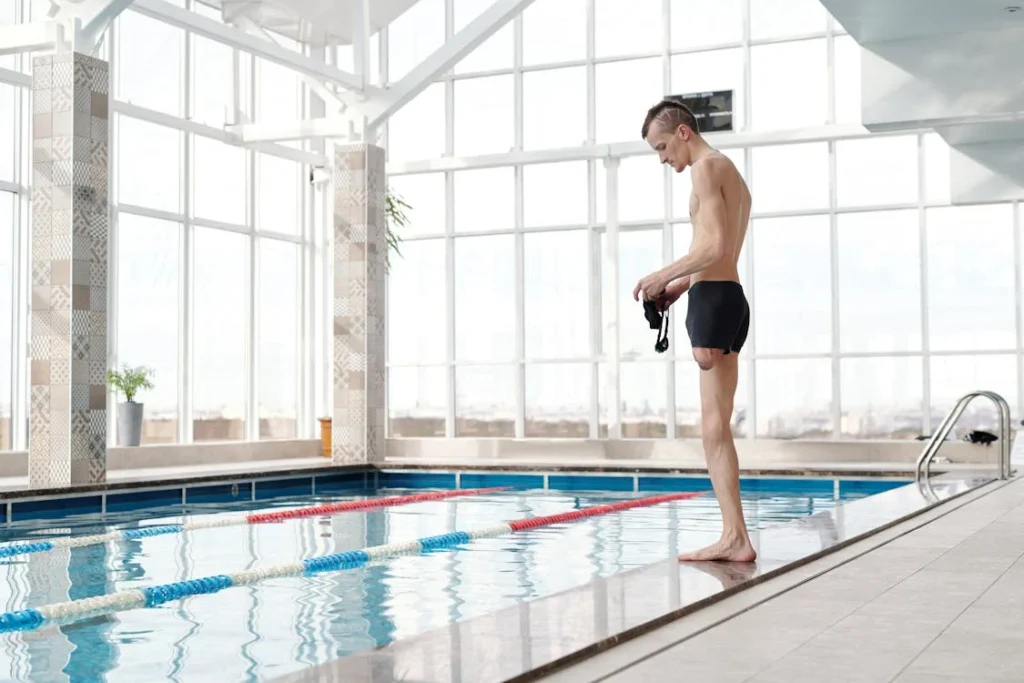
Rehab Centers and Clinics: A Case for Financial Efficiency
Early Fitting Creates Better Patient Flow and Outcomes
For rehab centers, time is money. Keeping patients too long because they are not yet mobile increases operational costs—bed space, staff hours, equipment usage.
Early prosthesis fitting speeds up transitions. It allows therapists to move patients through programs more quickly and achieve better results in a shorter time.
With more efficient patient turnover, centers can serve more people without increasing resources. This leads to higher capacity, better use of equipment, and more satisfied patients.
Satisfied patients bring referrals. Referrals build reputation. A reputation for faster, successful rehab drives more business—helping the clinic grow sustainably.
Data-Driven Proof Attracts Funding and Partnerships
Rehab centers that practice early prosthesis fitting often see stronger long-term data—shorter stays, lower recurrence of issues, and fewer patient dropouts. This data can be used to attract funding, grants, and insurance partnerships.
In India’s evolving healthcare landscape, the ability to show cost savings through early intervention gives rehab centers a competitive edge. It also aligns them with government programs and CSR (corporate social responsibility) efforts that prioritize measurable impact.
How Digital Tools and Telehealth Enhance Affordability
Remote Support Reduces Follow-Up Costs
Thanks to advancements in telehealth and wearable tech, prosthetists can now monitor limb health, adjust fitting guidance, and provide rehabilitation support without the patient needing to travel every time. This is especially helpful for patients in rural or semi-urban locations.
With a well-designed app or remote consultation platform, patients can share photos of their limb, log issues, track pain points, or even get alignment coaching via video calls.
This drastically reduces the cost and burden of repeated in-person visits—especially important in the early weeks after fitting.
Digital follow-ups not only cut costs but also improve compliance. When a patient knows they’re being guided even from afar, they’re more likely to stay consistent with their care plan. Early fitting supported by digital tools becomes a cost-effective, tech-enabled care model.
Data Analytics Improve Fitting Accuracy
Modern prosthetics centers now use 3D scanning, pressure mapping, and gait analysis to create better sockets and faster fittings. These tools, while initially an investment, reduce the number of trial fittings needed, lower the chance of adjustment errors, and speed up the customization process.
Fewer fittings mean less wasted material, less time spent revising molds, and a faster path to readiness. Over time, the data from thousands of fittings helps manufacturers and prosthetists create smarter, more affordable designs—bringing down costs across the board.
Conclusion
Early prosthesis fitting is not just a medical milestone—it’s a smart financial decision. Whether you’re a patient, a caregiver, a healthcare provider, or a policymaker, the message is clear: the sooner a prosthesis is fitted, the better the outcomes, and the lower the long-term costs.
It reduces hospital stays, speeds up rehab, prevents costly complications, lowers the burden on families and governments, and helps people return to productive lives. And while the emotional benefits are priceless, the financial savings are measurable and significant.
At Robobionics, we don’t just build prosthetics—we build futures. And we believe the best way to secure a healthy, financially sound future after amputation is to start walking toward it as early as possible.



